9 Favorite Native Shrubs for Wet Areas
I recently sat in on a talk by Christopher Lewis, an employee in our Woody Plants Department. Christopher is a Master Gardener and a Certified Professional Horticulturist. He teaches many of our free classes. In this one he focused on shrubs, trees and perennials that have evolved to tolerate soil that floods periodically. In case you missed it, I am doing a series of blog posts that will go over the plants he covered. This one has all the shrubs he mentioned and forthcoming posts will focus on the trees and perennials.
So how do you know if you have a wet site? Basically, anywhere that water doesn’t drain. If an area stays consistently muddy or water pools in an area after a rain and doesn’t drain for many hours, chances are you’ll have better luck with plants that like it wet. Many plants have trouble with a lot of water because the water fills up the air gaps in the soil, meaning the roots can’t get enough oxygen. Essentially, the roots drown, killing the plant. But, the plants listed below have adapted to tolerate, and even like, wet soil for 6-8 hours or more. They are also all native.
Arrowwood Viburnum (Viburnum dentatum)
So called because Native Americans used to make arrows from the wood. Tolerant of full sun to shade and a wide range of soil conditions. Features red fall foliage, clusters of white flowers to attract butterflies and berries for the birds. Deer resistant.
Spicebush (Lindera)
Deer don’t like it. Leaves are very fragrant and can even be used to make tea. It features bright yellow spring flowers and gold-yellow fall foliage.
Summersweet (Clethra)
Another deer resistant shrub. Flowers have an intense sweet fragrance and bees go nuts for them. Gets good fall color with bright yellow leaves.
Ninebark (Physocarpus)
Looks good on its own as a specimen plant because it has striking foliage. It prefers better drainage, but will tolerate a rain garden where water pools, but drains fairly quickly.
Virginia Sweetspire (Itea)
Gets covered in spikes of white flowers in summer and has beautiful orange fall foliage. It can tolerate longer periods of wet. Deer resistant.
Leucothoe
Maybe not for most of us with clay soil, but if you have an area with sandy or loamy soil that stays wet, this is your champion. Broadleaf evergreen with clusters of white flowers in mid-spring. Can take light shade. Deer resistant.
Inkberry Holly (Ilex glabra)
Like all hollies, female plants need a male plant nearby in order to produce berries. This might not be an issue though, because you’ll probably want more than one. A native, evergreen shrub that looks just like boxwood. Bees love its flowers and, in the fall, birds on migration will be thankful for its little black berries.
Winterberry Holly (Ilex verticillata)
Another holly that needs a male nearby to produce berries. Foliage is bright yellow in fall and red berries remain after leaves have dropped to keep things colorful. Don’t be surprised if you wake up one day mid-winter and all the berries are gone; winter weather sweetens up the berries and birds just can’t resist.
Chokeberry (Aronia)
A self-pollinating, berry-bearing plant. Red chokeberries are ornamental, but black chokeberries can be used to make a great juice high in antioxidants—just make sure you add some sugar because they are mouth-puckeringly sour!


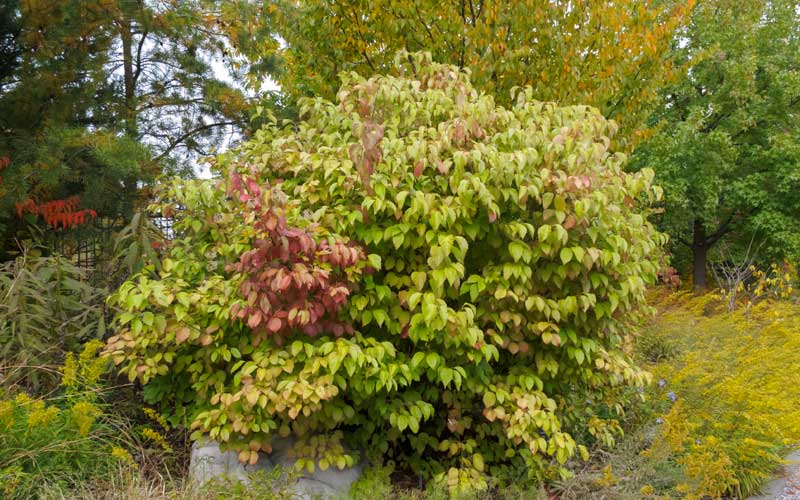
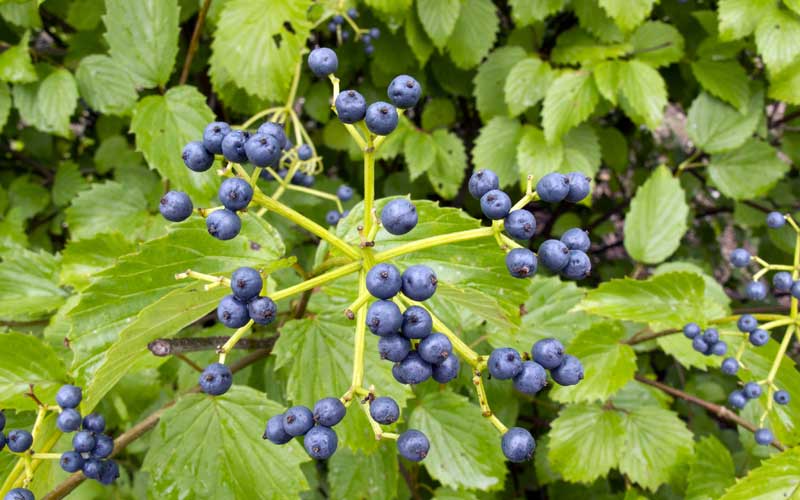
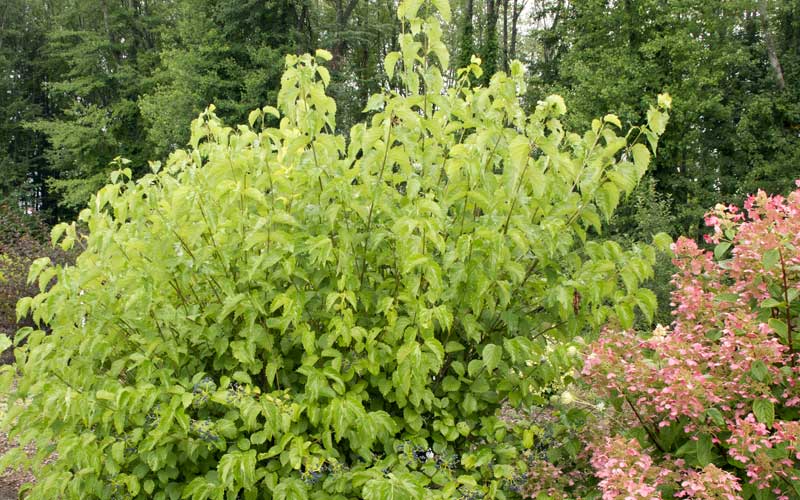
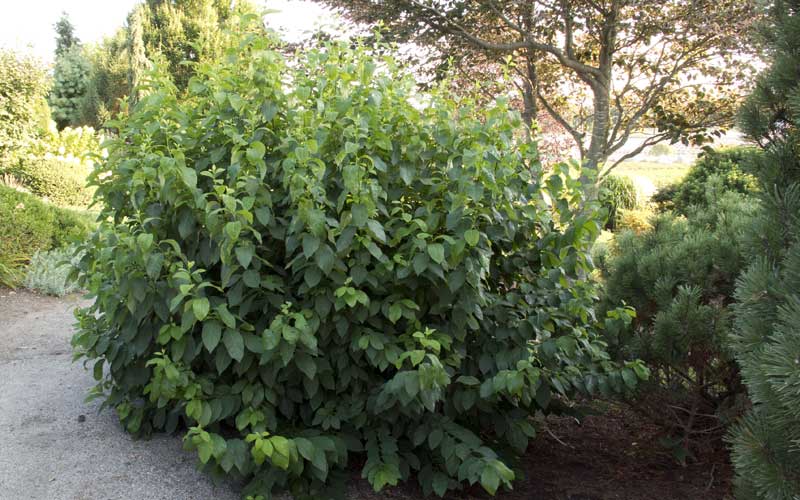
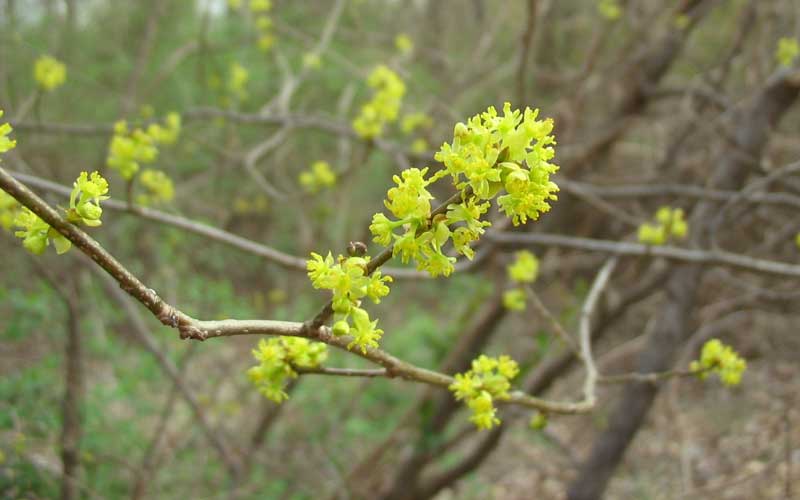
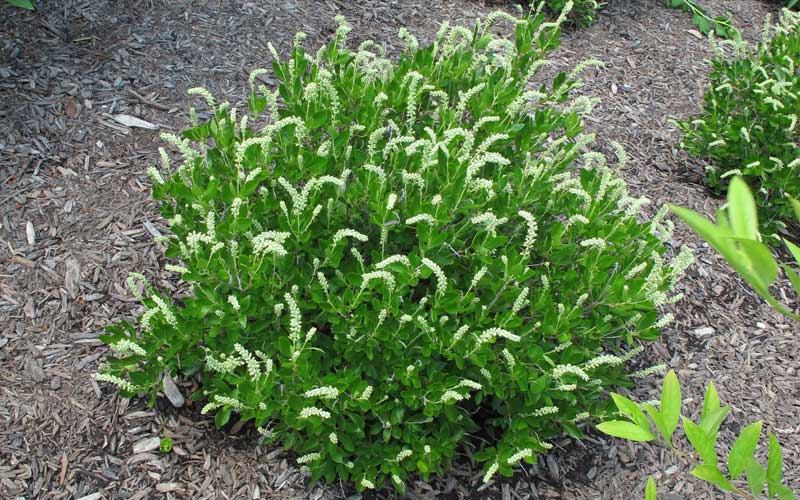


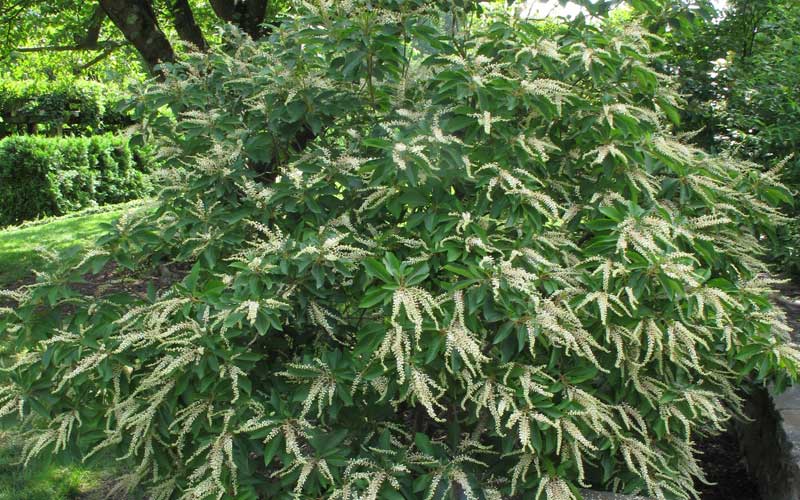
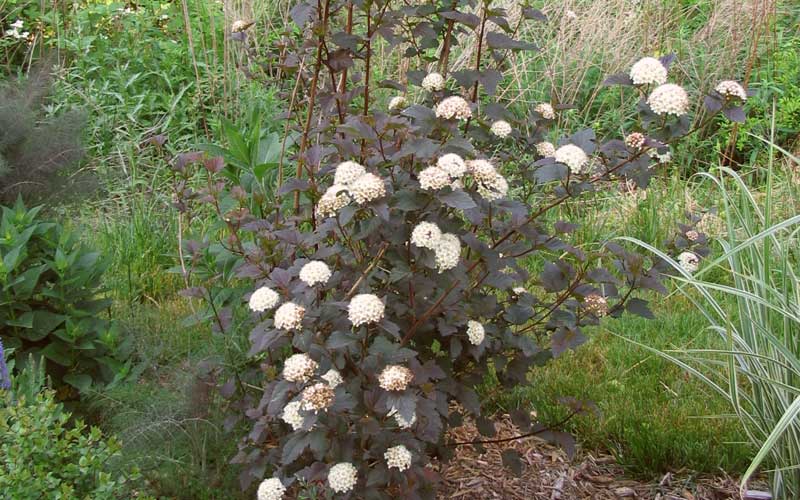
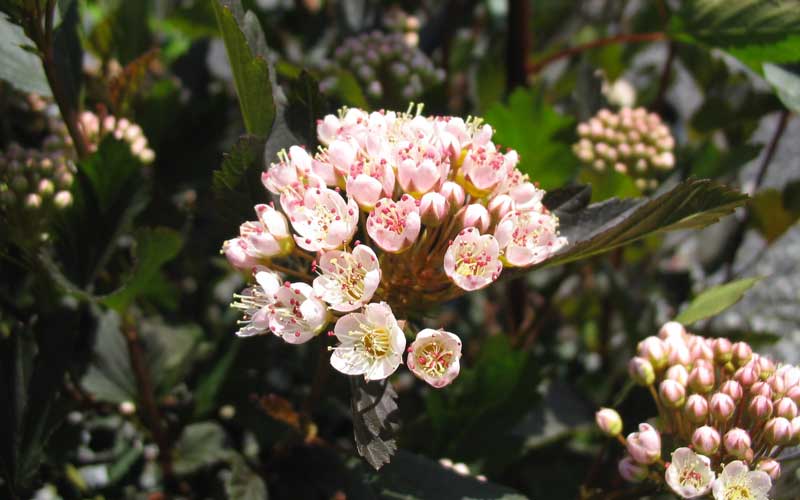
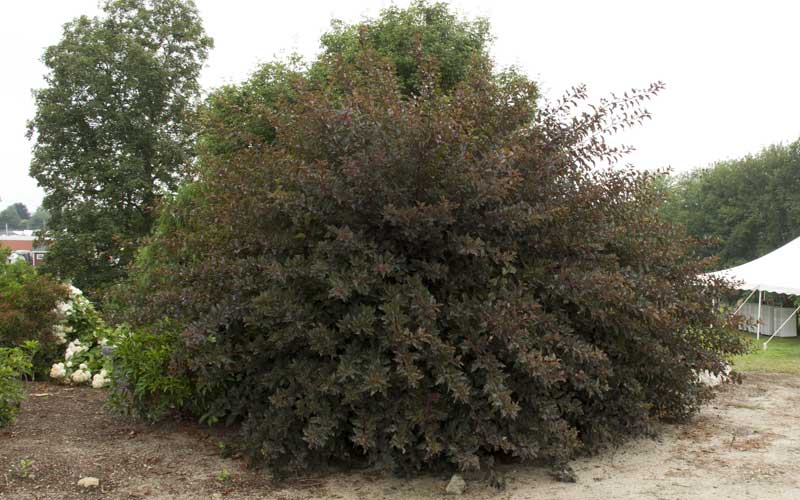
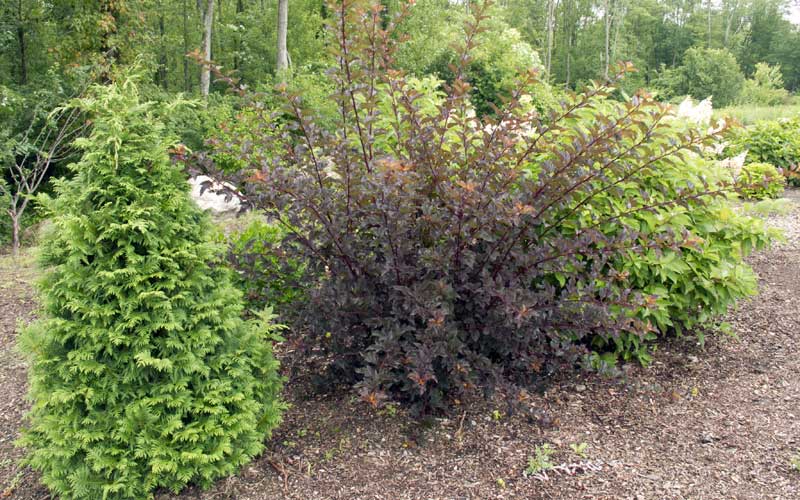
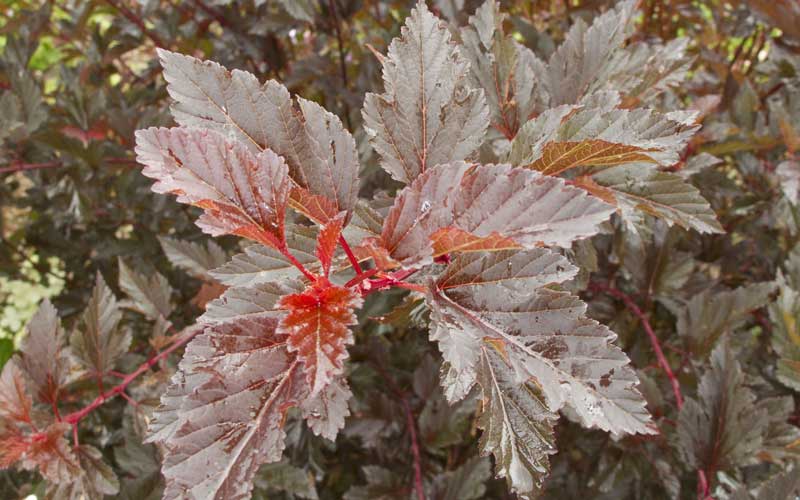
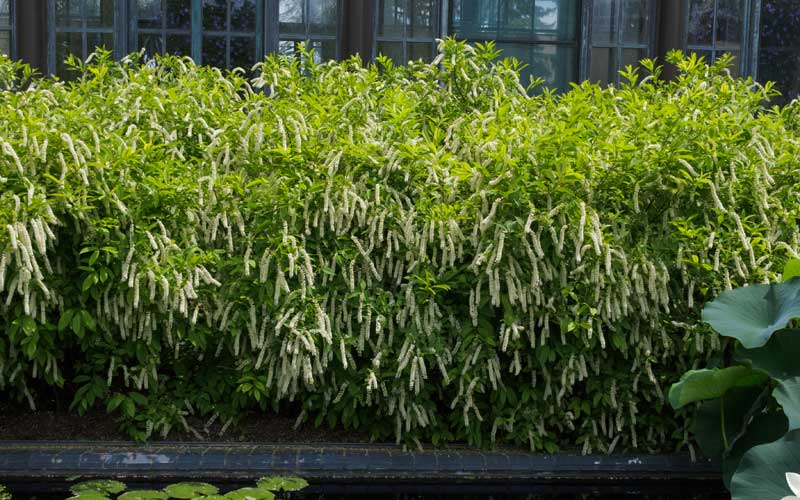
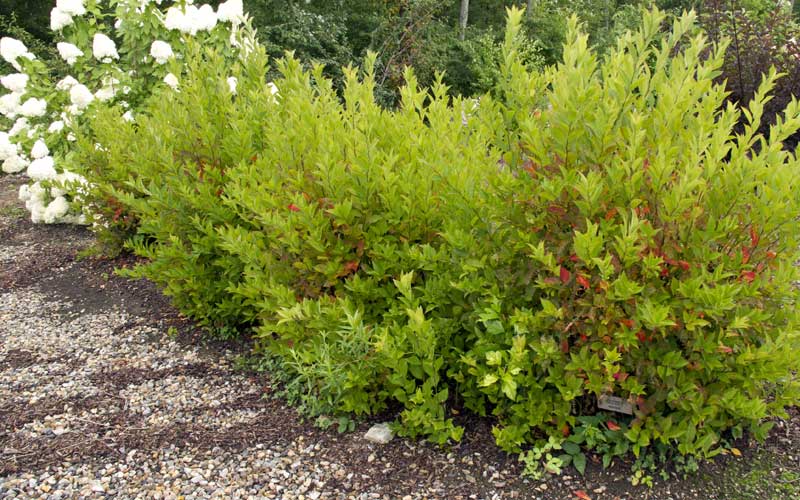
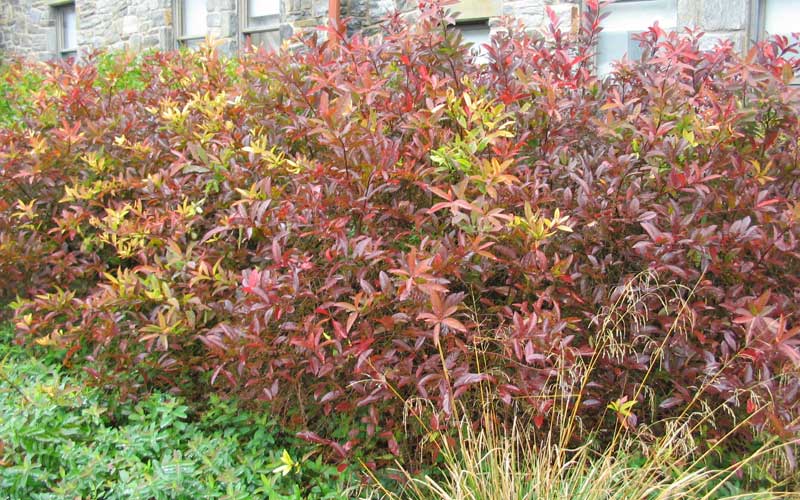


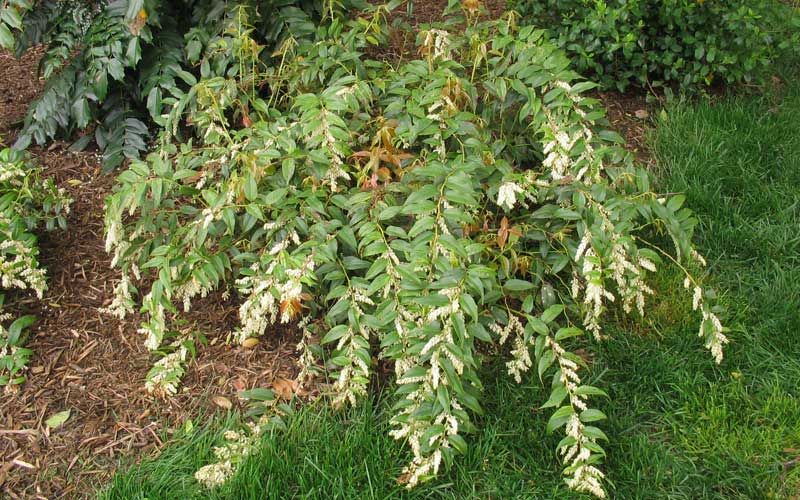

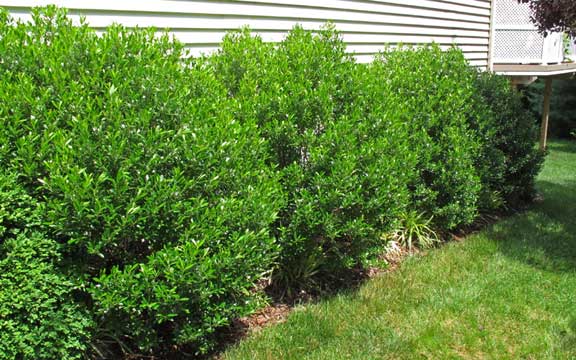
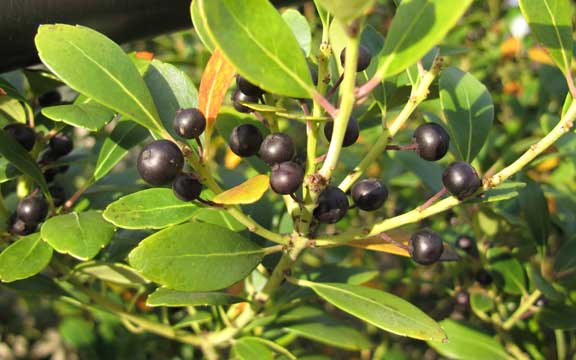
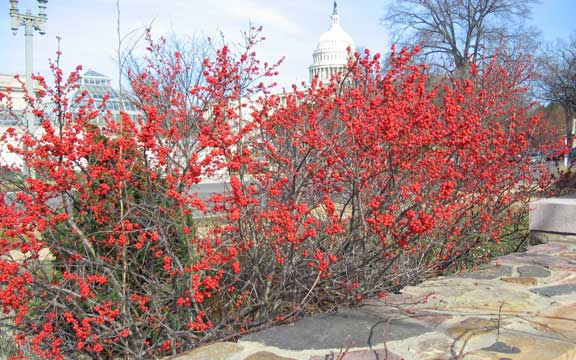

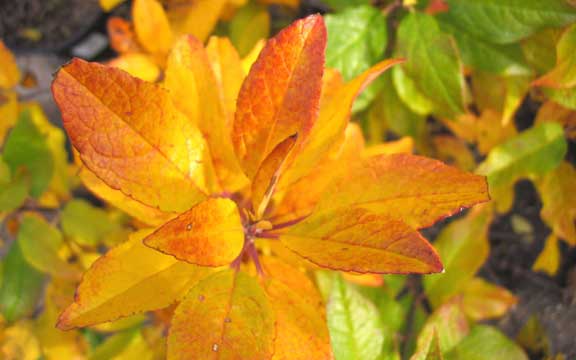



This Post Has 0 Comments